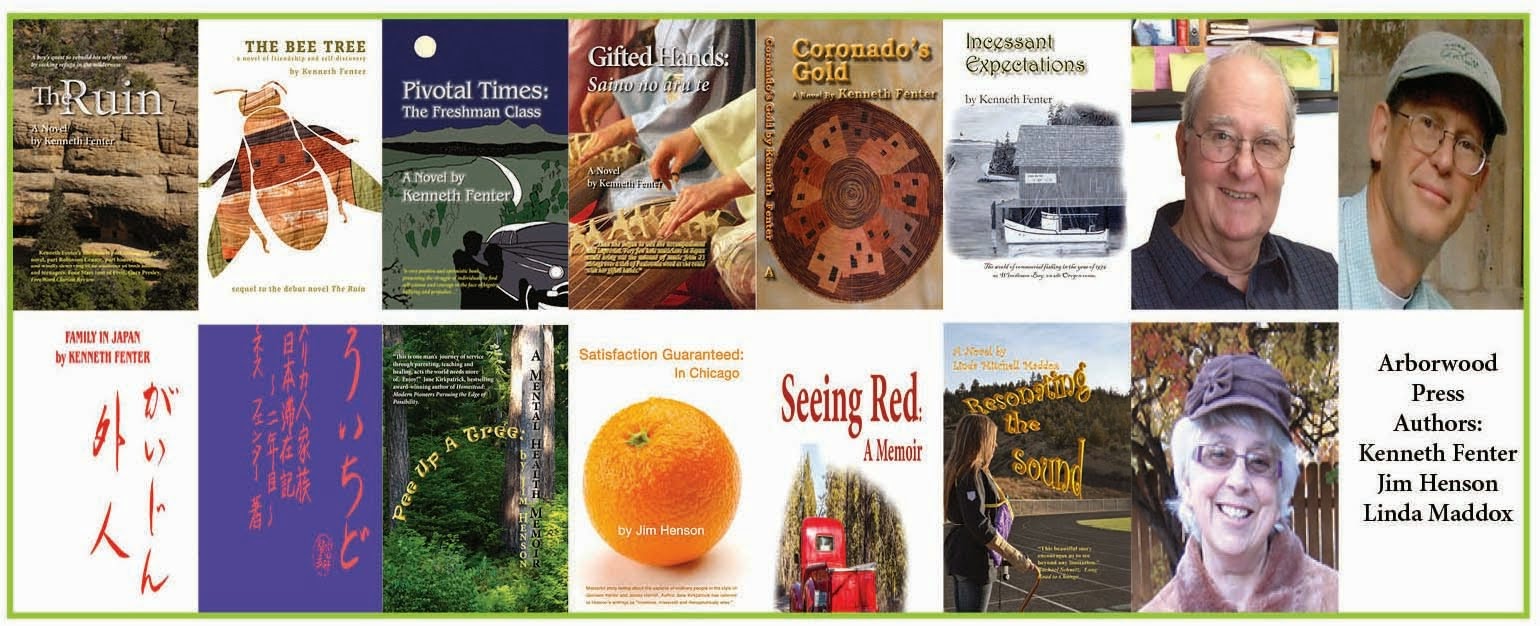These comments often meet school officials when parents are notified that their child has a warning or other school sanction for harassment. According to Geno Dusan, Principal, La Pine Second Chance School in La Pine, Oregon and Assistant Principal at La Pine Middle School, bullying and harassment are the #1 behavior challenge nationally with Middle Schools.
Geno was a guest speaker on Saturday, Feb. 20, at the monthly meeting at the American Association of University Women, (AAUW) Bend Chapter. Geno's presentation was in two parts, breaking down the components of bullying and what the Bend-La Pine school district is doing about it.
According to Geno, bullying is most common in grades 6 to 10 but can happen at nearly any age and among both sexes. He said the usual forms are PHYSICAL HARASSMENT usual among boys, VERBAL HARASSMENT, common among girls, and SEXUAL HARASSMENT involving both boys and girls from jokes and innuendo to rape. The most recent addition is CYBER-BULLYING through social networking sites.
Geno said the school policy is built around a system called Positive Behavior Support (PBS). The district statistics show, he said, that 85% of the students are on task and on track and are not involved in behavioral problems. He indicated that 10% of the districts students do become involved in problems and respond to positive changes in behavior. Unfortunately 5% are responsible for repeated offenses and have to be dealt with to the full extent of the legal means available.
Geno also said there was another component of the district program that the students are taught: "Respectful" "Safe" and "Responsible" He said when every student was taught to treat each other and themselves with those three tenants as a root philosophy, then the atmosphere was very positive.
Finally he said in his school and throughout the Bend-La Pine schools active adult supervision was practiced. At the first sign of harassment in any form, the offending student is called on it and the weight is placed on the one doing the harassing, not the student who is the victim.
For further information on the Bend-La Pine PBS program contact Geno at geno.dusan@bend.k12.or.us
Respectfully,
Kenneth Fenter
Kenneth Fenter










